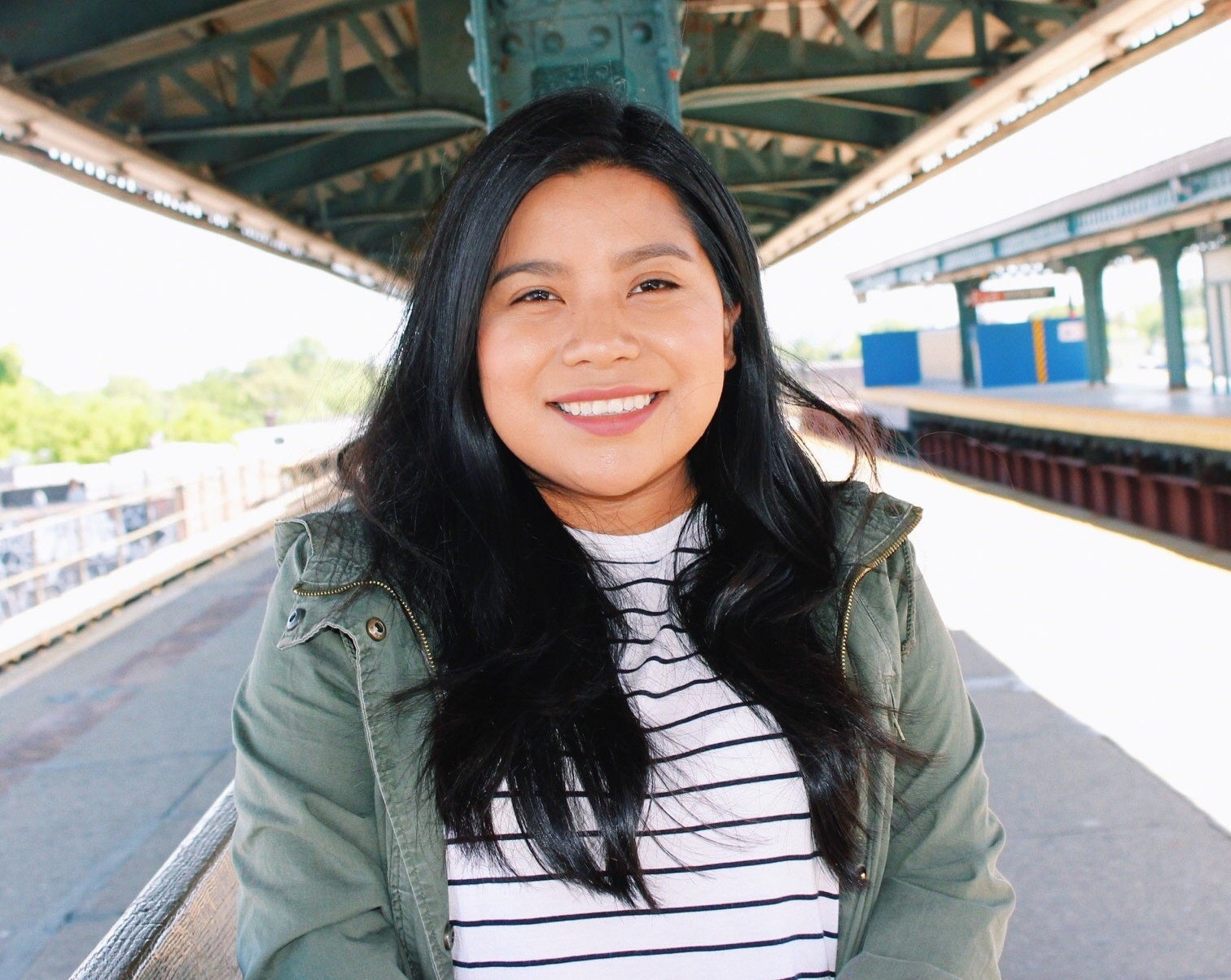Fresh Voices: Areli Morales & Luisa Uribe
Welcome to Fresh Voices! In this new series, we are excited to share with you authors whose books capture a unique aspect of the human experience. Enjoy this Q&A with the creators behind Areli Is a Dreamer, author Areli Morales and illustrator Luisa Uribe!

What inspired you to write/illustrate ARELI IS A DREAMER?
Areli: Areli Is a Dreamer was inspired by my own immigration story and my experience being a child of two worlds. Through this personal book, I wanted to share all the complexities that come along when one leaves their home country to pursue a better life in a new place. Through my story, I want immigrant children and adults to feel seen, be heard, and know that their stories matter too.
Luisa: I was inspired by Areli’s words. Her story resonated with me because I knew that it was a story shared by many others. And I knew that the book would find a home with many families that have gone through the same thing. I also loved the opportunity to show how hard and brave it is to leave loved ones behind in search of something better.
What was the most difficult part about writing/illustrating ARELI IS A DREAMER? What part was the easiest?
Areli: I became fully aware of my undocumented status at a very young age and was struck with fear when I realized that everything could be taken away at any moment if I spoke about my first home. For many years I kept my status a secret because I thought my silence would keep my family safe and united. It was a challenge to find the courage to break out of that silence and write my story down on paper. It feels liberating to share my true story and meet new people that share similar experiences. Sometimes, I did not have the right words to communicate my experience to a younger audience through the perspective of a child. Thankfully I had the support of my agent, Brenda Bowen, who is also a talented children’s book author. She helped me find the right words to address the complex emotions and circumstances. The easiest part was writing about my relationship with my family. This book is proof that their support, love, and sacrifices made a difference.
Luisa: Getting the moments of emotion were hard for me. I felt that I had to do justice to the sad but hopeful points in the story. When Areli leaves her grandma and arrives in NY, her being so small making such a hard journey, and the embrace of her parents afterwards, those images were hard. The easiest drawings were the happy and hopeful moments. Drawing the pictures of Areli thriving was exciting and motivating after drawing her struggles earlier in the book.
For Areli: How do you feel about seeing your story in a picture book? Is there any part of your personal journey that you wished could be included, but didn't work for a picture book audience or length?
It feels absolutely magical and surreal to see my story documented in a picture book gorgeously illustrated by Luisa Uribe. The pairing of my words and Luisa’s illustrations beautifully captures the hardships, lessons, and triumphs of my immigration story. I also feel privileged to share my story with the world because so many undocumented immigrants still don’t have that privilege.
In the book, I focused on my relationship with my abuela, my brother and parents. However, there are so many wonderful relatives and friends that cared for me and nurtured my growth. I wish I could have included these people and the special moments I shared with them but couldn’t due to the length of the picture book. The famous phrase “it takes a village to raise a child” rings true in my childhood both in Mexico and New York. One day, I hope to write about my lovely aunt Rocio that brought me lunch every day in kindergarten. My friend Rose, the owner of my first home in NYC that treated my family like her own family, and my late grandfather Jorge that took my brother and me on rides in his old red pickup truck around our small town in Puebla.
For Luisa: What character or element of the story do you identify with the most and why? Do you approach visual depictions of a living person and current events differently from fictional stories and characters?
My sister left Colombia years ago and now lives in the US, and many relatives and good friends live far away–some halfway around the world. They are all looking for a better life for themselves and their families, and I miss them but I’m happy for them. Coming from a country where opportunities to grow and live well are scarce I understand the need to look for something better and to make sacrifices so that your family can have a better future.
As for the challenges of depicting a living person’s story, it is process that requires a lot of research. It’s obviously important to get the characters, the setting, and all details of the story as accurate as possible so that it feels authentic. It was also a challenge to maintain the accuracy of the details, but also be able to add poetry and magic to the images, because it’s something that I like to do. Some of the choices are already made for you, in a way, which is an interesting challenge. And it was helpful to have Areli who lived the story, to let me know if anything didn’t feel exactly right.
What do you want kids to take away from this story?
Areli: I want this book to be a mirror for immigrant children so they can see themselves reflected in my story and connect with others going through similar experiences. I want this to be a window to those that don’t share this experience but feel encouraged to uplift immigrant voices.
Luisa: Areli said it perfectly, I want immigrant kids and kids that come from immigrant families to have a story that is about them and for them, with characters that look like them, and for other kids to understand what this experience is like so they can be allies in the future.
What books are you currently reading or inspired by?
Areli: Currently reading: Miles Morales: Spider-Man by Jason Reynolds (with a student I’m tutoring) and In the Country We Love: My Family Divided by Diane Guerrero, Michelle Burford.
I will always reread and be inspired by The House on Mango Street by Sandra Cisneros.
Luisa: I just finished reading Cry, Heart, But Never Break by Glenn Ringtved and illustrated by Charlotte Pardi, and am getting ready to start on Can We All Be Feminists? Edited by June Eric-Udorie. I read a lot of science-fiction last year and Ursula K. Le Guin is a great inspiration.
What would be your dream project to work on?
Areli: I would love to work on a project focused on the experiences of children and youth who were born or raised in the US and returned to Mexico with their parents. I would love to meet them and hopefully collaborate on a children’s book that talks about their experiences living between two countries, cultures, and languages.
Luisa: I’d love to work on a project for children about climate change, which would underline the urgent changes we need to make while being hopeful for the future.





